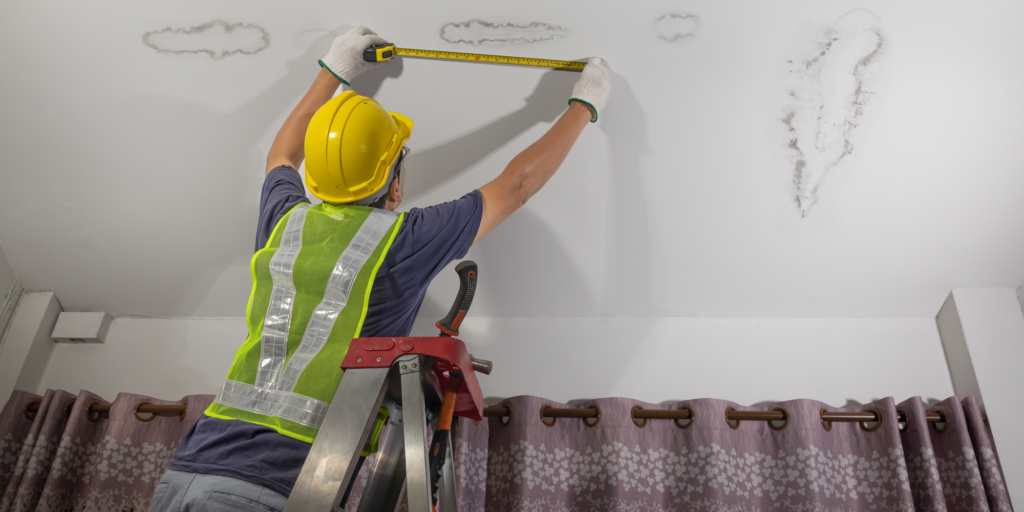Roofing contractors, listen! It’s time to improve your sales presentation and wow your clients. A good sales presentation can make or break a deal with homeowners or business owners. We’ll cover four key principles for writing a roofing sales pitch. Prepare a powerful presentation that highlights your knowledge and makes potential consumers want to say “yes” to your services.
Understanding the target audience and their needs
Roofing contractors must know their customers and their needs to create a successful sales presentation. Knowing your potential clients and what they value lets you personalize your pitch. Study your audience’s demographics. Homeowners or company owners? Their age range? These details can help you tailor your presentation to their wants and problems.
Next, consider their complaints. What roofing issues do they face? Leaky roofs, excessive energy bills, or outmoded materials? Know these pain points to position yourself as the solution supplier in your sales presentation. Consider industry developments and laws that may influence your target audience’s decision-making. Keep abreast of roofing technologies to demonstrate how your services meet customer needs for efficiency, durability, and sustainability.
Remember emotional appeals. While practicality matters, emotions typically drive decision-making. Understand what motivates your target customer, such as peace of mind from trusted workmanship or pride in supporting local businesses, and incorporate these qualities into your sales presentation.

Key elements to include in a sales presentation
A successful roofing sales presentation includes important aspects to express your message and complete the business.
First, emphasize your roofing services’ unique selling qualities. How do you differ from competitors? Is it your expertise, high-quality materials, or great service? To attract customers, highlight these benefits.
Address your target audience’s pain issues next. Do they care about roof durability or energy efficiency? Face these issues and propose methods to ease them.
Visuals are also powerful in sales presentations. Include high-quality photos of successful former projects. This visual evidence shows your expertise and helps potential consumers imagine your services on their roof.
Your presentation gains credibility and social evidence via testimonials and case studies. Highlight good feedback from satisfied clients who profited from working with you. This will boost customer confidence in your services.
Sales presentations should be simple. Instead of overwhelming potential clients with facts, keep the material concise and informative.
Utilizing technology for a more impactful presentation
Technology is vital for all businesses, including roofing contractors, in the digital age. Technology can boost sales presentations’ impact and effectiveness.
Use slideshows or films to captivate your audience and communicate better. Visually appealing visuals and animations can make your presentation stand out to potential clients.
Your prospects can also have a unique and immersive experience with interactive technologies like VR or AR. Imagine AR glasses displaying roofing alternatives in real-time or VR headsets letting clients visually walk through completed structures. These technologies show your knowledge and assist clients in envisaging their homes with different roofs.
Additionally, cloud-based software lets you access essential papers and data on the road. This allows you to rapidly communicate project data, quotes, and 3D drawings with potential customers during the presentation. Technology lets you collaborate with clients in real-time and show efficiency and professionalism.

Social media networks like Facebook and Instagram can help you promote your work. Post high-quality project photos and customer feedback on social media. This establishes trust and lets potential clients see your work.
As a roofing contractor, using technology in sales presentations can set you apart and amaze potential customers. Why not harness its power? Use visual aids, interactive tools like VR/AR experiences if possible, cloud-based software solutions for seamless project detail sharing during presentations, social media to engage potential customers, and stunning visuals of past successes to make your sales pitch more impactful.
The importance of follow-up and communication
Follow-up and communication are essential to closing business, regardless of your roofing experience. After your sales pitch, keep in touch with prospects. Follow-up indicates you appreciate their time and are committed to their requirements.
A timely, targeted follow-up can make all the difference. You can address any questions or issues from the initial presentation. Showing interest and willingness to share more information builds trust and strengthens your relationship with the customer.
Continuous communication is needed throughout the sales process. Regular updates on project deadlines, materials, and revisions will keep all parties informed. Transparency boosts contractor confidence.
Client preferences can be met by using phone calls, emails, and text messaging. Communication should be consistent and respectful of their preferred mode.
Remember, good follow-up continues after a contract is closed. Requesting feedback from delighted customers improves future presentations and gives useful testimonials for prospects.
Case studies and testimonials as selling tools
Case studies and testimonials can help you sell roofing services by demonstrating your expertise and building trust. Sharing samples of your successful projects shows your craftsmanship. Case studies illustrate a project’s obstacles and how your team resolved them. This shows your problem-solving skills and reassures prospects you can meet their roofing needs.
Customer testimonials are social proof that others like your company. These testimonials should be genuine and show client benefits or outcomes from working with you. Use before-and-after photographs or videos to enhance case studies and testimonials. This shows potential clients the transformation and boosts your credibility.
Use client success stories in your sales presentation. This lets potential customers imagine similar results. Always get client permission before utilizing their names or tales. Maintaining anonymity fosters customer trust. Using case studies and testimonials in sales presentations shows your competitive edge. Showing past triumphs and delighted customers’ experiences builds credibility and addresses worries early.

